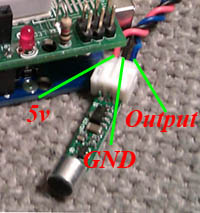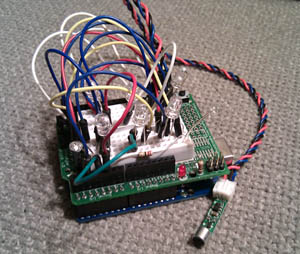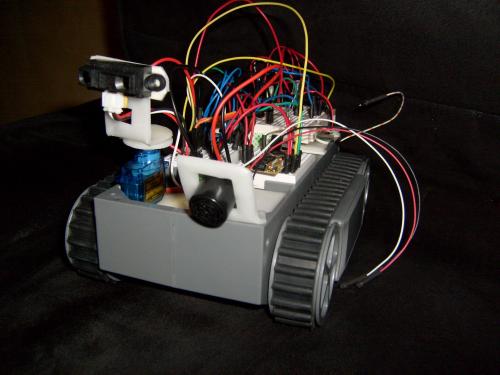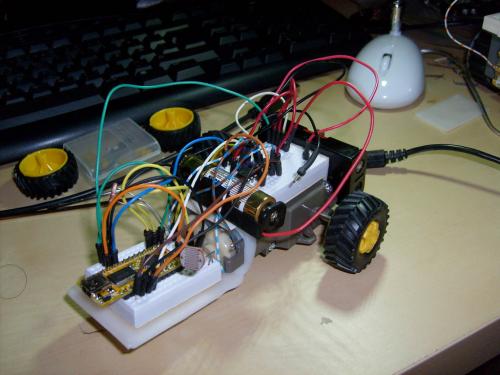I always wanted to make something out of the microphone sensor I got, it’s just been laying in a compartment-box until recently when I got the idea of a music beat blinker.
Basically it just reads the analog value from the mic and converts it to a 0-1023 value, but since the microphone sensor I got is meant for 12 volts, it only ranges from 0 – 5-600 on 5 volts. But it works just as good, only it’s not as sensitive as it should be. When playing music that is never a problem hehe.

The microphone sensor I use is one I found on eBay some time ago, just search for “Arduino Sound Sensor Module” they cost around 5$. And are very easy to use, only ground it and feed it with 5 volts and stick the output to a analog input on the Arduino. I’ll also post the program code for the Arduino, it’s the same thats used in the video below. If you want to make something like this yourself using my example, you only need 5 LEDs or more. And just wire them to the digital pins 2-5, and of course the mic to analog 0. Code example can be found in the bottom of this article.
Here is a video showing the LEDs blinking to the music.
Program code example:









